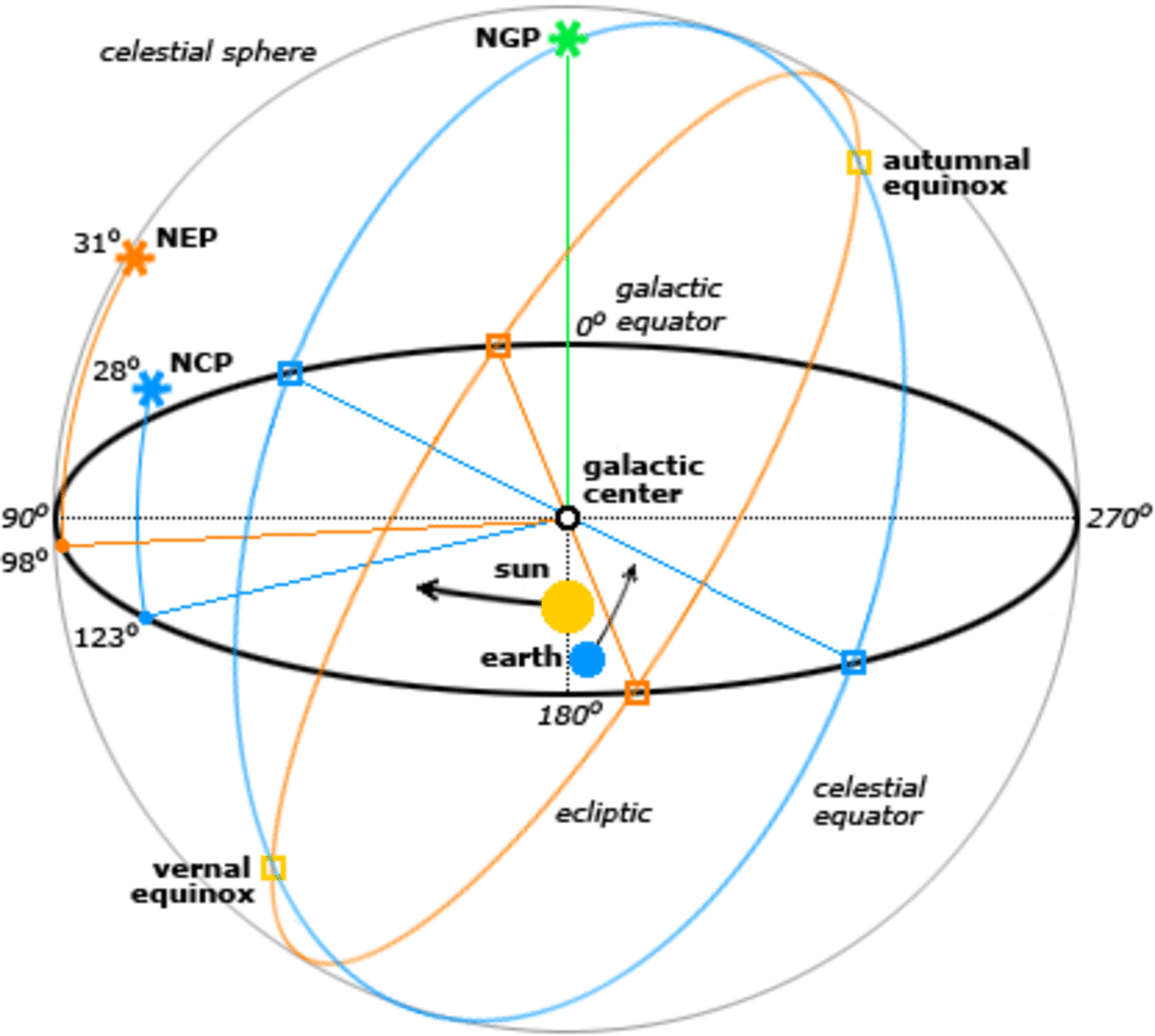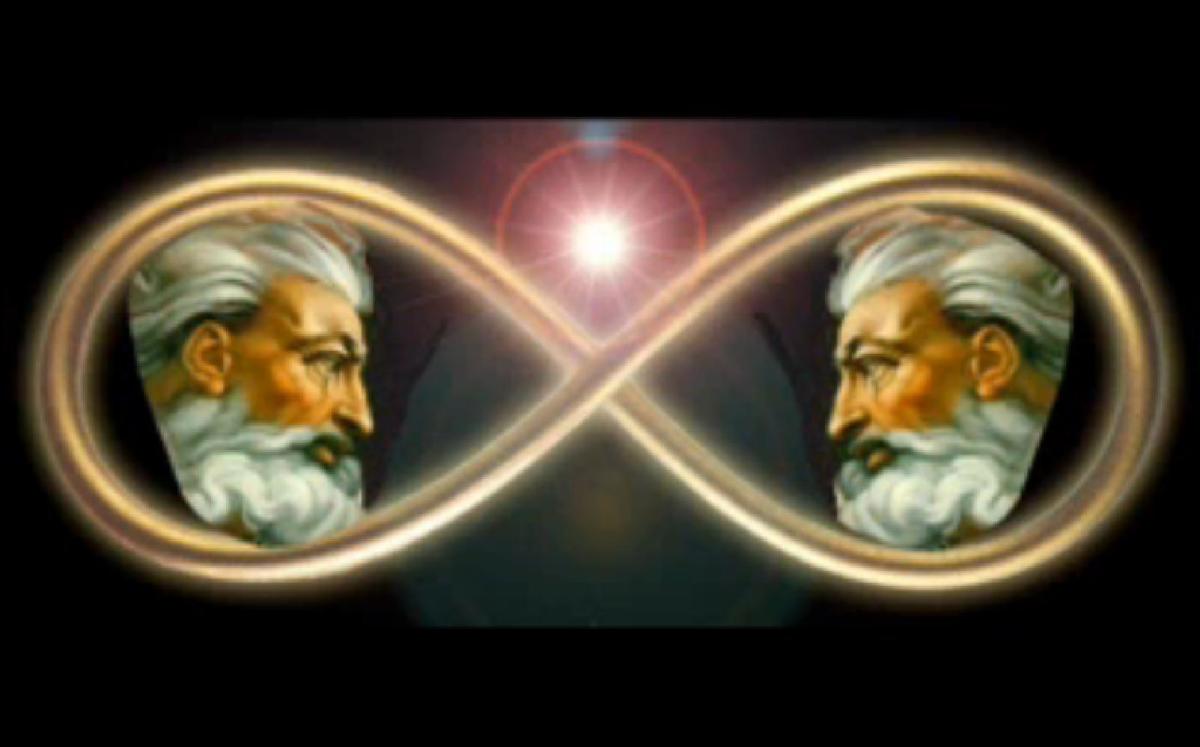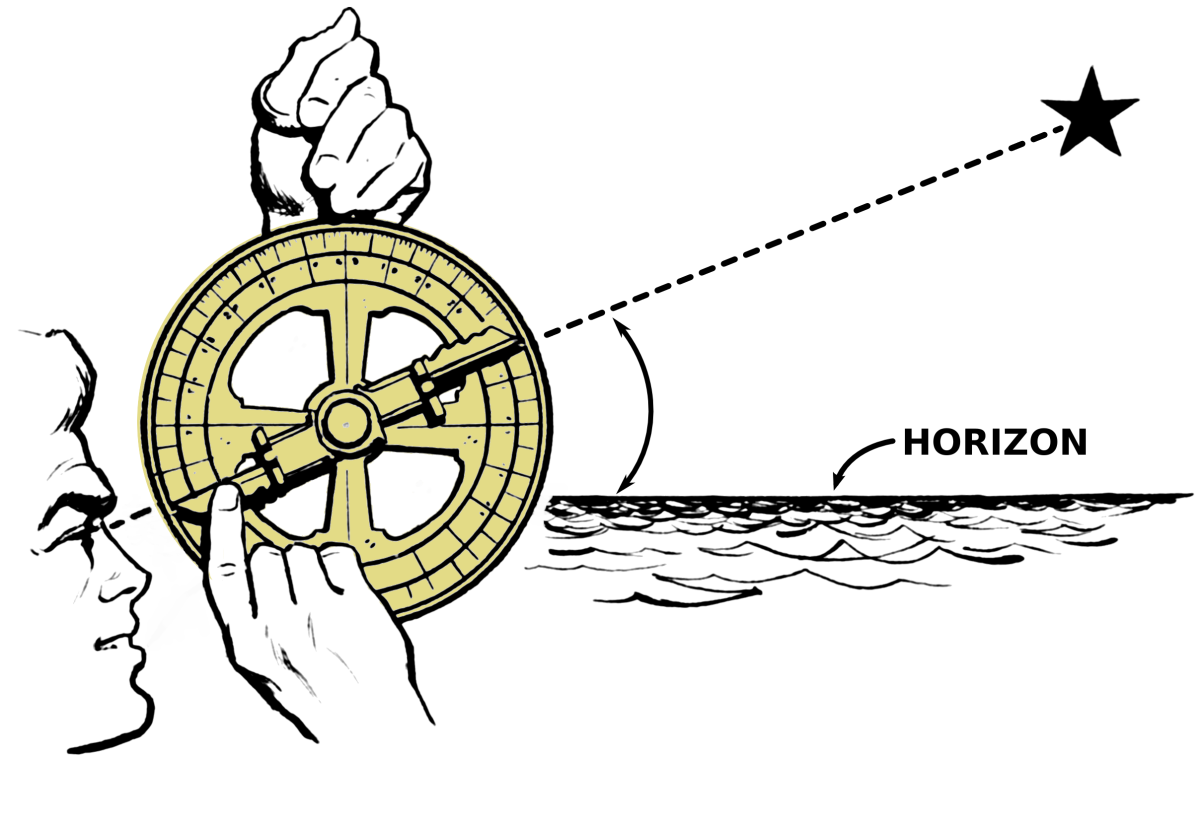Ptolemaic Motion of the Superior Planets
Claudius Ptolemy was a Roman who lived in Egypt from 90-168 A.D. Known chiefly as a mathematician, geographer and astronomer, Ptolemy's understanding and explanation of the organization of the solar system was a revolutionary force that fundamentally changed astronomical observation of the ancient era. Although his theories have since been disproved, without their formation, later astronomers may never have discovered what we now know to be true about the universe.
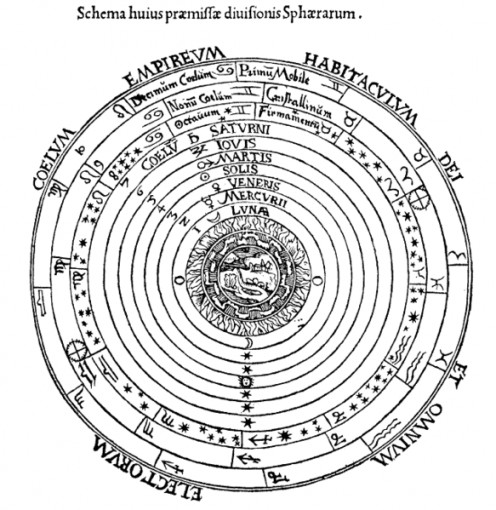
Ptolemy's Paradigm
During Ptolemy's age the world of astronomy operated under Plato and Aristotle's "Two Sphere Universe" system. This system stated that the Earth was the center of the universe and everything else was arranged in celestial spheres around it. The outer spheres revolved around the earth and the stars were fixed to the outermost sphere. However, the movement of the stars over a long period of time created problems with this explanation that were noticed by Ptolemy.
One of the challenges of any astronomical system is that it must explain what appears to be contradictory motion of the planets. On a daily basis planets and stars move east to west across the sky, but west to east over a long period of time. However, there are aberrations where the heavens appear to reverse direction before resuming their "normal" pattern of movement. Sometimes planets appear brighter, and other times dimmer; sometimes they seem to move faster or slower across the sky. We know now that these are caused by the earth's orbit around the sun but at the time it was a mystery that threatened the Aristotelian model of the universe.
Because every planet was supposed to revolve around the Earth in a perfect circle, these changes in star movement created confusion about what was going on in the heavens. The superlunar universe was supposed to be a perfect creation, so changes in direction, speed and brightness should not occur if the planets revolved in perfect circles. Some other explanation would need to be discovered or everything known about the universe would be flawed, and that would cast doubt on all of Aristotle and Plato's teachings which were the cornerstone of Roman society at the time.
Ptolemy's Toolbox
Ptolemy and other astronomers were not ready to discard the Two-Sphere Universe, so he came up with a number of theories to explain these astronomical quirks. First came epicycles, then eccentrics, then equants.
Epicycles trace a pattern in the sky with an occasional loop. Although the planet in question is on the sphere rotating around the earth, the planet itself was also theorized to be revolving on an invisible point on that sphere, something like this:
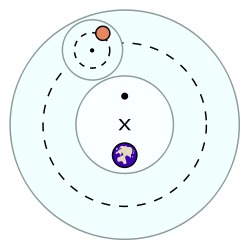
Because this additional rotation moves the planet closer or farther from the Earth at different time, when revolving against the moving of the stars it appears to move east to west over a long period of time. Epicycles explained both the change in brightness and change in direction of the superior planets, but they did not account for changes in speed.
Eccentricities and equants were needed to account for speed changes. An eccentricity is an offsetting of the universe from center or, in other words, choosing a random point on which to center the universe other than Earth. This makes the orbits of the planets off center. After the eccentric point is decided, the equant point is placed on the opposite side of center from the eccentric, on a line with Earth. The angle between the equant point and a particular planet, let's say Mars, will be the same as the angle between Earth and Mars. If you draw several segments from the equant point to Mars you wind up with several different degree measures along Mars' orbit. Ptolemy theorized that these measures would be traversed at the same speed although they were different lengths. Thus the planet would appear to move faster or slower based on where it was in the equant circle.
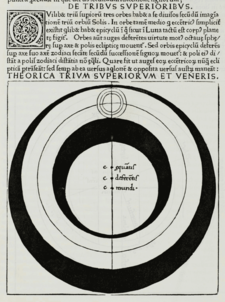
End of the Ptolemaic Era
Ptolemy's explanations for the movement of the planets were well received and used as the basis for planetary motion and observation until Galileo and Copernicus. However, there was a sense of loss with Ptolemy's writings, that the perfection of the universe promised by Aristotle was marred by the addition of these explanations. It made the universe more complicated instead of less. This opened the door for Copernicus to move the Sun to the center of the universe and Kepler to theorize that planets had elliptical orbits. However, without Ptolemy's model of the universe to precede them, Copernicus and Kepler may have been stymied by that concept of the "perfect universe" so important to the Two-Sphere system, delaying the advent to rocketry, spaceflight and satellite technology so important to the world today.

